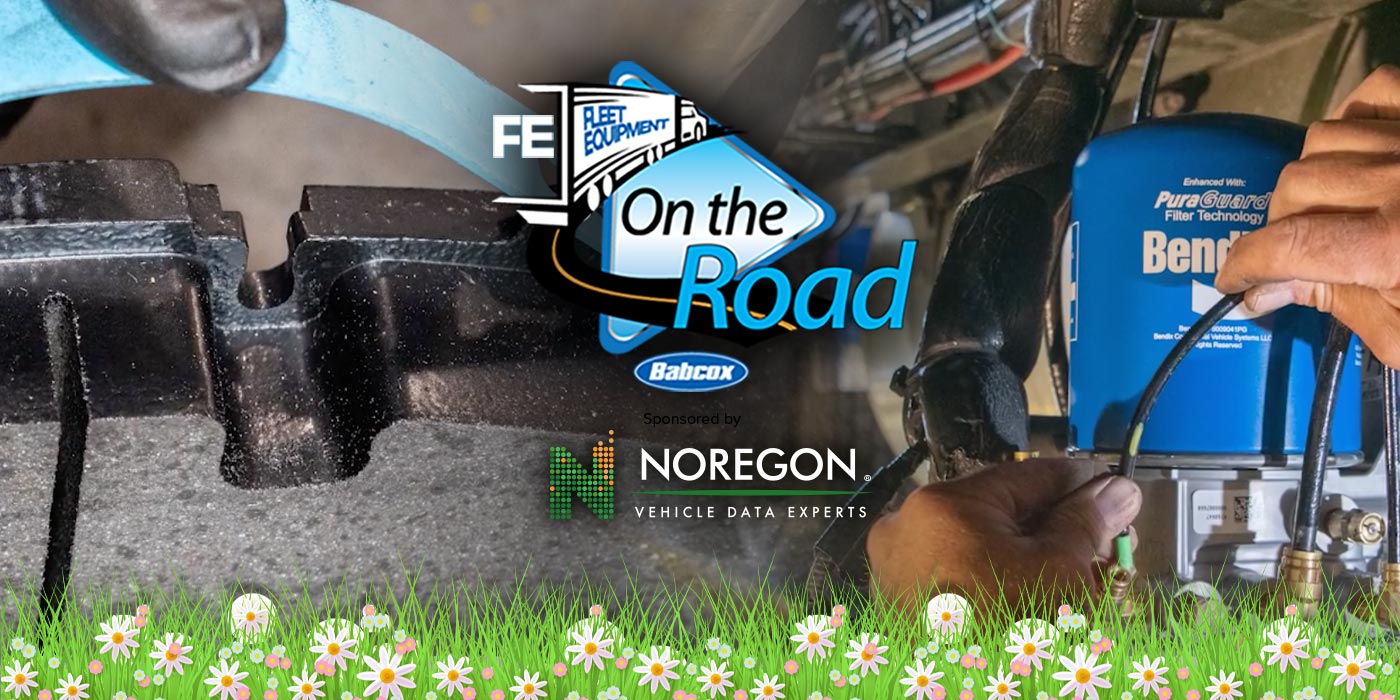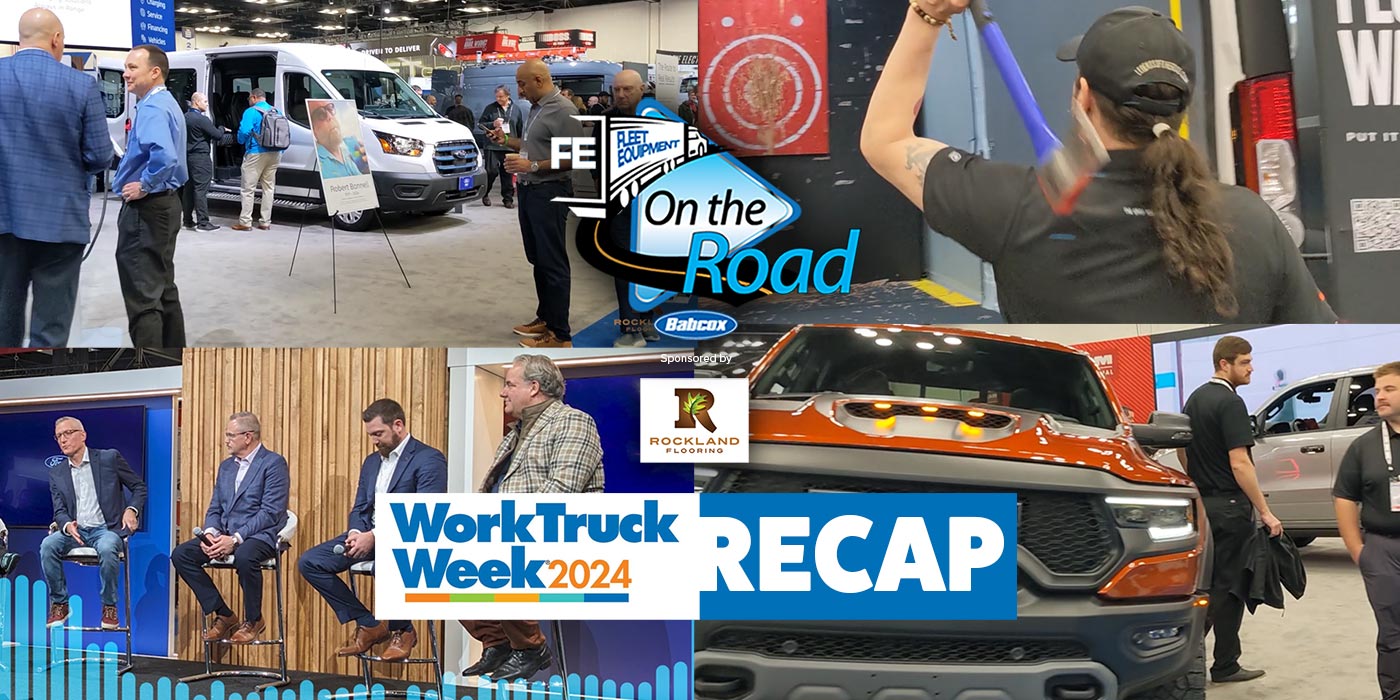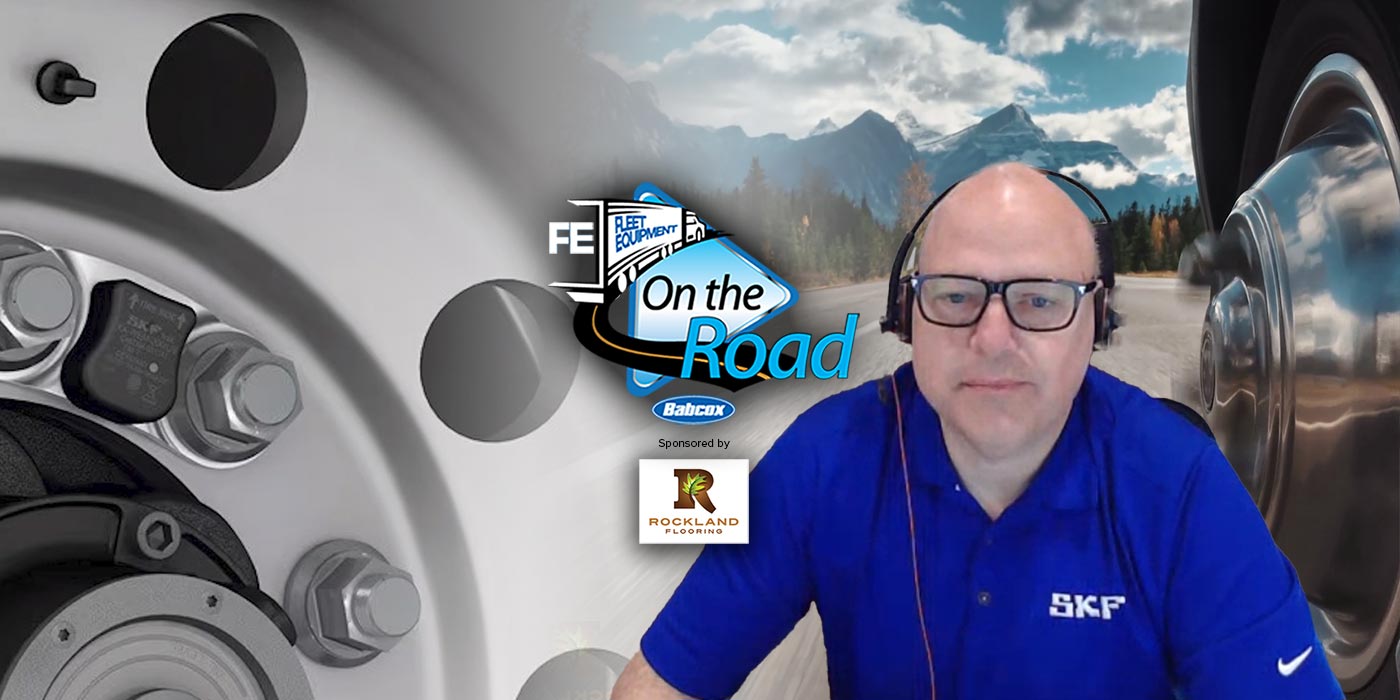It’s important to educate and train technicians and drivers on the importance of using the correct type of coolant. While both conventional fully formulated and extended life coolants are designed to protect engines from corrosion, they do so in very different ways and are designed for different engine types. Mixing them together will only dilute each formula, making both ineffective. Anyone that may be adding coolant to the radiator’s reservoir needs to understand the type of coolant that engine requires and the dangerous outcomes that could result from an incorrect mixture.
Paper test strips can be your best friend while ensuring the proper coolant use. After being dipped into the coolant, the test strip can reveal whether or not your reservoir is filled with the appropriate mix of additives to combat corrosion or is too diluted to do the job correctly. Should you be operating a vehicle with a coolant too diluted, this can cause engine damage later on.
Catastrophic corrosion may start to take form which results in a hole from the coolant side of the cylinder liner through to the oil side. Obviously this isn’t good and can cause a tremendous amount of damage and downtime. In many cases, however, this can be corrected through the use of concentrated coolants which can bring the mixture back to its recommended state. The correction fluids are designed to restore additives to favored levels. Lastly, Check the freeze point of the coolant with a hygrometer to ensure it can withstand the demands of your location’s ‘winter season’. Water, glycol and corrosion inhibitors are what makes up most coolants.
The mixture of the water and glycol lowers the freezing temp of the coolant. Individually however, the two each have freezing points much higher than compared to the combination of both. Therefore, the combination of each will dictate the coolant’s freezing temperature. Most mixtures of antifreeze concentrate and water are 50/50 and can provide freeze protection all the way down to -34 °F. Be mindful that the incorrect mixture can result in the inability to remove heat from the engine due to semi-frozen coolant that cannot circulate. An outcome that can prove fatal for the engine.
Coolants are distinct in their own nature because of more than just color. Utilizing the right mixture of antifreeze, additives and water in the right type of engine will ensure the health of your truck’s components. It would be great if there was a one-size-fits-all coolant, but there isn’t one so don’t try to make it yourself. Stick with the tried and true tips mentioned before and your trucks will stay on the road.













